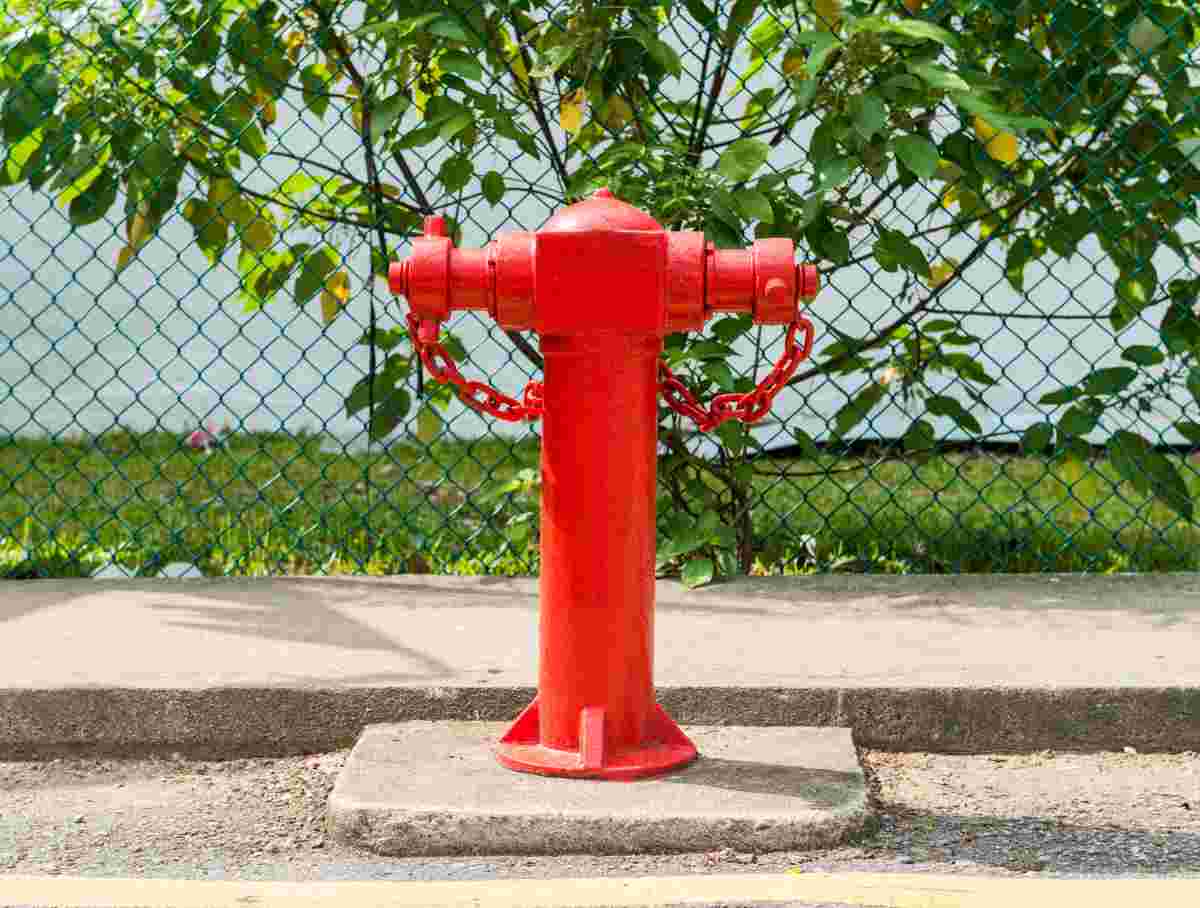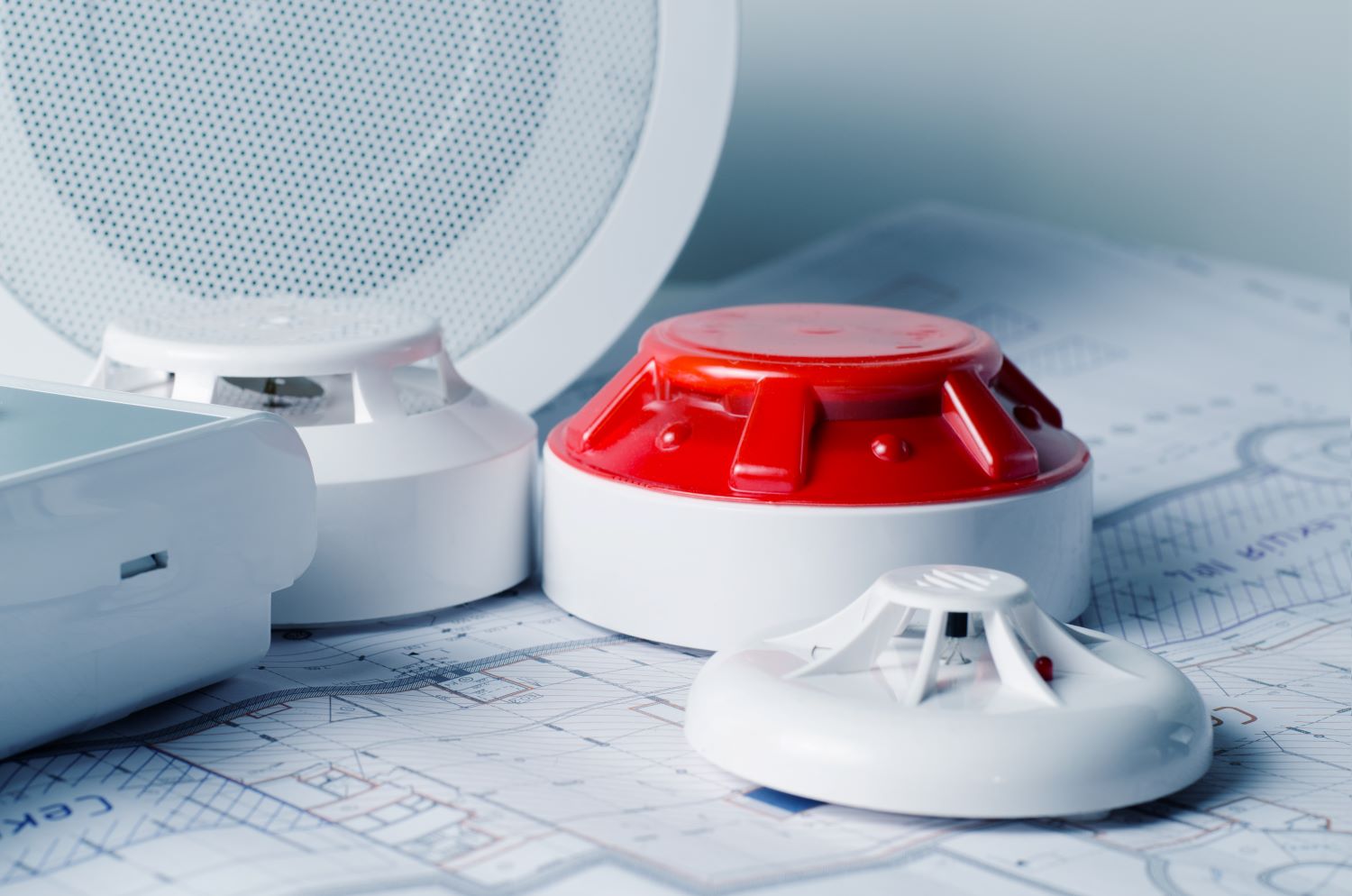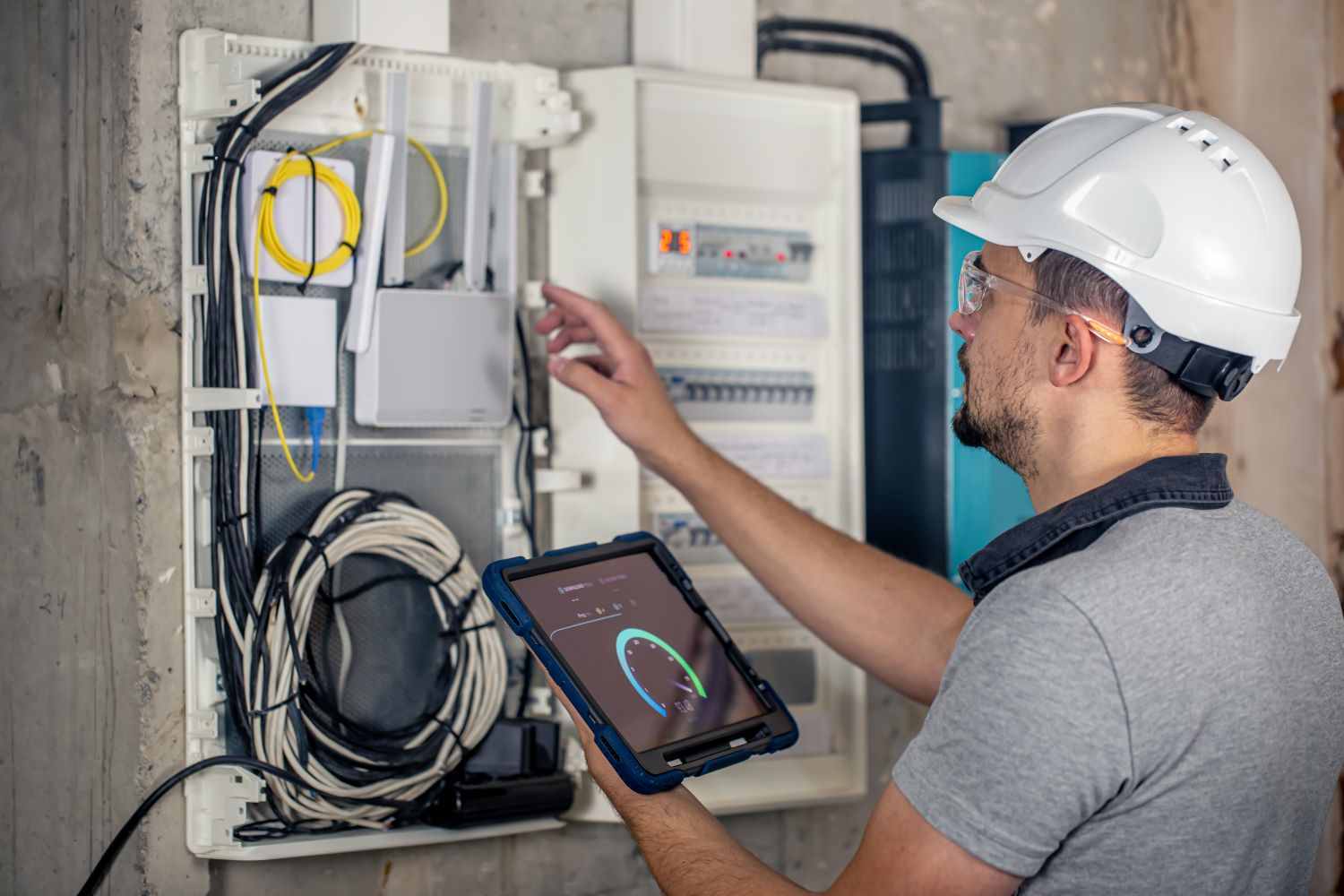Why Every Building Needs a Reliable Fire Hydrant System

Strong 8k brings an ultra-HD IPTV experience to your living room and your pocket.
Fire safety is a responsibility no building owner should take lightly. Whether it’s a residential tower, commercial complex, or industrial site, installing a Fire Hydrant System is essential for immediate and effective fire response. Fires spread fast and without a ready supply of water, they can quickly turn into disasters. A fire hydrant system offers a powerful solution that provides firefighters with access to water exactly when and where it’s needed.
What is a Fire Hydrant System?
A Fire Hydrant System is a network of pipes, pumps, and outlets designed to deliver high-pressure water to any part of a building or surrounding area in case of a fire. It helps firefighters or trained personnel control fire outbreaks before they escalate. These systems are typically connected to a reliable water source—such as a water tank or city mains—and are strategically placed to cover the entire building or facility.
Why Fire Hydrant Systems Are Essential for Safety
1. Quick Response in Emergencies
When a fire breaks out, time is everything. A fire hydrant system enables immediate access to water, helping control the fire before emergency services arrive. This early intervention can save lives and limit damage.
2. Mandatory for Legal Compliance
Fire hydrant systems are not optional in many jurisdictions. Most local fire safety codes require them in buildings above a certain height or area. Failing to install or maintain one can result in fines, legal trouble, or even the closure of your property.
3. Reduces Fire Damage
A fast water supply is the first step in suppressing fires. A reliable hydrant system can help stop flames from spreading, preserving valuable property and infrastructure.
4. Protects Human Lives
More than property, human lives are at stake during fire incidents. Fire hydrants enable fast rescue operations and provide a safe path for evacuation by keeping fire under control.
5. Supports Firefighting Teams
Firefighters depend on fire hydrants to do their job. Having a well-maintained system already in place allows them to connect their hoses and start fire suppression without delay.
Components of a Fire Hydrant System
A fire hydrant system typically includes:
• Fire Pumps: Boost water pressure for rapid delivery.
• Underground & Overground Piping: Distribute water throughout the facility.
• Hydrant Valves (Landing Valves): Outlets where hoses are connected.
• Fire Hose Reels and Nozzles: Provide flexible water delivery to the fire source.
• Water Tank or Source: Supplies the water for firefighting operations.
• Pressure Gauges and Controllers: Monitor and regulate flow.
• Hose Boxes and Cabinets: Store equipment securely and accessibly.
Each of these parts must be installed correctly and maintained regularly to function properly in emergencies.
Where Are Fire Hydrant Systems Installed?
Fire hydrants are installed in various types of buildings and areas, including:
• Residential apartments and high-rises
• Shopping malls and commercial centers
• Factories and industrial plants
• Warehouses and godowns
• Hospitals and schools
• Airports and railway stations
The layout and size of the fire hydrant system depend on the building’s structure, area, and purpose.
Wet Riser vs. Dry Riser – What’s the Difference?
There are two common types of fire hydrant systems used in buildings:
Wet Riser System
• Constantly filled with water.
• Suitable for buildings over 15 meters in height.
• Immediate water supply is available at all times.
Dry Riser System
• Usually empty; filled with water only when needed.
• Typically used in buildings up to 15 meters in height.
• Requires external water pumping when activated.
Knowing the right type for your building is critical, and professionals like Elixir Engineering can help assess your needs accurately.
Importance of Professional Installation
Choosing a professional service provider like Elixir Engineering ensures:
• Correct system design based on building structure
• Use of certified and high-quality components
• Compliance with fire safety regulations
• Reliable testing and commissioning
• Ongoing maintenance support
A poorly installed fire hydrant system can fail during an emergency, risking lives and increasing damage. Hence, professional expertise matters.
Maintenance Matters: Keep It Ready
Installing a fire hydrant system is only the first step. Regular maintenance is essential to ensure it's functional when needed.
Maintenance Tips:
• Monthly visual inspections of hydrant points and valves.
• Quarterly testing of pumps, pressure, and water flow.
• Annual servicing of all components by professionals.
• Immediate repairs of any leaks, rust, or damage.
Working with a fire system expert like Elixir Engineering ensures your system stays in top condition year-round.
Common Fire Hazards Where Hydrant Systems Help
Fire hydrant systems are especially useful in tackling:
• Electrical fires in buildings
• Chemical fires in factories
• Kitchen fires in commercial setups
• Warehouse fires caused by combustible materials
In each case, the ability to act quickly can stop the fire from becoming uncontrollable.
Agency That Provides Fire Hydrant Systems
If you are looking for a reliable partner for fire hydrant system installation and maintenance, Elixir Engineering is one of the leading names in the industry. They offer:
• Expert consultation
• End-to-end installation
• High-quality components
• Annual maintenance contracts
• Fire audits and safety assessments
Safety Should Never Be an Afterthought
Fires are unpredictable. But being unprepared is a choice. A robust Fire Hydrant System is an investment in safety, compliance, and peace of mind. Whether you're constructing a new building or upgrading your fire safety infrastructure, make sure fire hydrants are a priority.
Don’t wait for an emergency to realize their importance—choose expert installation and timely maintenance today.
For professional support, you can count on Elixir Engineering for trusted, long-lasting fire protection systems.
Note: IndiBlogHub features both user-submitted and editorial content. We do not verify third-party contributions. Read our Disclaimer and Privacy Policyfor details.





